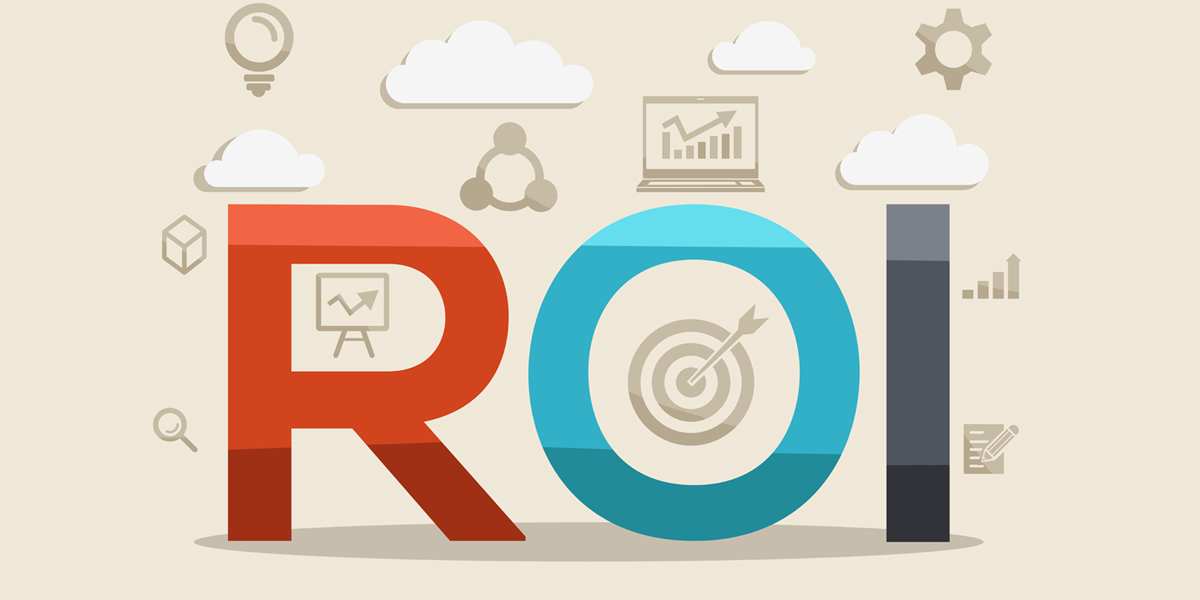Lead generation KPIs are essential for businesses that want to measure the effectiveness of their marketing strategies and sales activities. Without accurate tracking of these indicators, it becomes difficult to know whether campaigns are delivering results or wasting resources. The use of lead generation KPIs in the middle of marketing operations ensures that every dollar spent on ads, content, or events translates into tangible results. By keeping a close eye on metrics like conversion rates, lead quality, and cost per lead, businesses can build a roadmap to success. These KPIs act as guiding lights that reveal where marketing teams are thriving and where immediate adjustments are necessary.
Tracking Lead Volume and Its Role in Campaign Success
One of the most common lead generation KPIs is lead volume, which measures the number of potential customers entering the pipeline. While quantity does not always mean quality, analyzing lead volume helps organizations understand how effective their outreach is in attracting interest. The significance of lead generation KPIs in this stage is to help marketers identify trends and assess which channels deliver the highest number of leads. For instance, if social media campaigns generate more leads than paid ads, it may indicate that the audience is more engaged on those platforms. Consistently monitoring lead volume provides insights into campaign reach and visibility.
Understanding Lead Quality as a Key Metric
Focusing on lead quality is another critical aspect of lead generation KPIs since not every lead has equal value. A business could have thousands of leads, but if only a fraction is genuinely interested in purchasing, the effort becomes less productive. The role of lead generation KPIs here is to differentiate between cold, warm, and hot leads so that sales teams can prioritize their efforts. Measuring quality often involves analyzing demographics, buyer intent, and engagement behaviors like email responses or webinar attendance. Businesses that keep quality as a KPI often see better conversion rates and reduced sales cycle times.
Cost per Lead as a Benchmark of Efficiency
Cost per lead (CPL) is among the most important lead generation KPIs because it reflects how much money a company spends to acquire each lead. This KPI highlights whether marketing campaigns are cost-effective or draining budgets without yielding significant returns. Having lead generation KPIs focused on CPL in the middle of financial planning enables businesses to allocate resources efficiently. By comparing CPL across multiple channels like PPC, social media, or organic content, marketers can discover which platforms are offering the best value. A sustainable CPL ensures that companies grow leads without overspending on acquisition.
Conversion Rate as a Performance Indicator
Conversion rate is one of the most powerful lead generation KPIs because it shows how many leads actually turn into paying customers. While generating leads is important, the true goal is to convert them into revenue-generating clients. Having lead generation KPIs that emphasize conversion helps marketers refine landing pages, call-to-actions, and email campaigns. High conversion rates often indicate that marketing messages align with customer expectations, while low rates suggest a need for adjustments. By focusing on conversion metrics, businesses can directly link lead generation efforts to bottom-line growth.
Time to Conversion and Sales Cycle Optimization
Another vital metric within lead generation KPIs is time to conversion, which measures how long it takes for a lead to become a customer. This KPI provides valuable insights into the efficiency of the sales funnel and customer journey. Monitoring time to conversion as one of the lead generation KPIs in the middle of sales performance analysis helps businesses identify bottlenecks and remove unnecessary steps. If leads are taking too long to convert, it may point to gaps in nurturing strategies or weak follow-ups. Shorter conversion times generally lead to higher customer satisfaction and quicker revenue realization.
Return on Investment of Lead Generation Campaigns

Return on investment (ROI) is one of the most decisive lead generation KPIs because it evaluates whether campaigns are profitable. Businesses invest time, resources, and capital into marketing, and ROI reveals if those efforts are justified. Tracking ROI as part of lead generation KPIs in the middle of financial assessments ensures accountability across teams. If a campaign costs more than it earns, it signals a need for strategic adjustments. Companies that consistently measure ROI can confidently scale successful campaigns while discontinuing underperforming ones, making overall lead generation more cost-effective.
Customer Acquisition Cost Compared to Lifetime Value
Customer acquisition cost (CAC) compared with customer lifetime value (CLV) is another advanced element of lead generation KPIs. CAC measures how much it costs to acquire a customer, while CLV measures the total revenue expected from that customer over time. When businesses use lead generation KPIs that balance these two metrics, they ensure long-term profitability. If CAC is higher than CLV, it means lead generation strategies are unsustainable. Placing this KPI in the middle of strategy discussions allows businesses to design marketing campaigns that maximize value and minimize unnecessary costs.
Lead Nurturing Engagement as a Measurement Tool
Engagement levels in lead nurturing campaigns form another essential category of lead generation KPIs. Metrics such as email open rates, click-through rates, webinar attendance, and social media interactions reveal how well leads are being nurtured. By keeping lead generation KPIs like engagement in the middle of nurturing efforts, marketers can identify which messages resonate with audiences and which need improvements. High engagement usually indicates that leads are progressing smoothly through the funnel, while low engagement highlights areas that require new tactics or personalized communication.
Channel-Specific Performance and Attribution
Analyzing channel-specific performance is one of the most actionable lead generation KPIs because it helps businesses understand which platforms contribute most to overall success. Attribution modeling assigns credit to different touchpoints, such as email campaigns, paid ads, or organic search. By integrating attribution into lead generation KPIs in the middle of campaign reporting, businesses can allocate resources effectively. For example, if content marketing consistently brings in high-quality leads at a lower cost, it may deserve more investment. Proper attribution ensures that businesses recognize the true value of each marketing channel.
Long-Term Value of Consistent KPI Tracking
The long-term benefits of monitoring lead generation KPIs cannot be overstated, as they establish a foundation for data-driven decision-making. Companies that track these metrics consistently can predict future trends, anticipate customer needs, and improve their overall marketing strategy. Integrating lead generation KPIs in the middle of long-term planning ensures sustainable growth and competitiveness. Over time, this continuous monitoring not only sharpens marketing performance but also strengthens alignment between sales and marketing teams. Businesses that prioritize these KPIs gain a competitive advantage in crowded markets by always staying ahead of evolving trends.
Conclusion
Lead generation KPIs are the backbone of successful marketing and sales operations, as they provide clarity, accountability, and direction. From measuring lead volume and quality to calculating cost per lead, conversion rates, and ROI, these metrics help businesses determine what strategies are effective and which need refining. Using lead generation KPIs in the middle of campaign management ensures that marketing teams remain focused on results rather than assumptions. By consistently tracking and optimizing KPIs, companies can achieve higher efficiency, stronger customer relationships, and sustainable growth.
